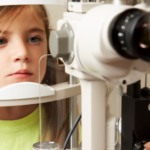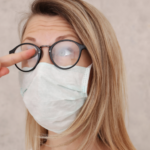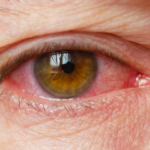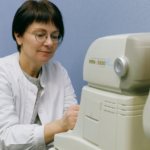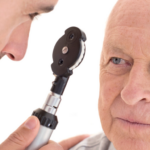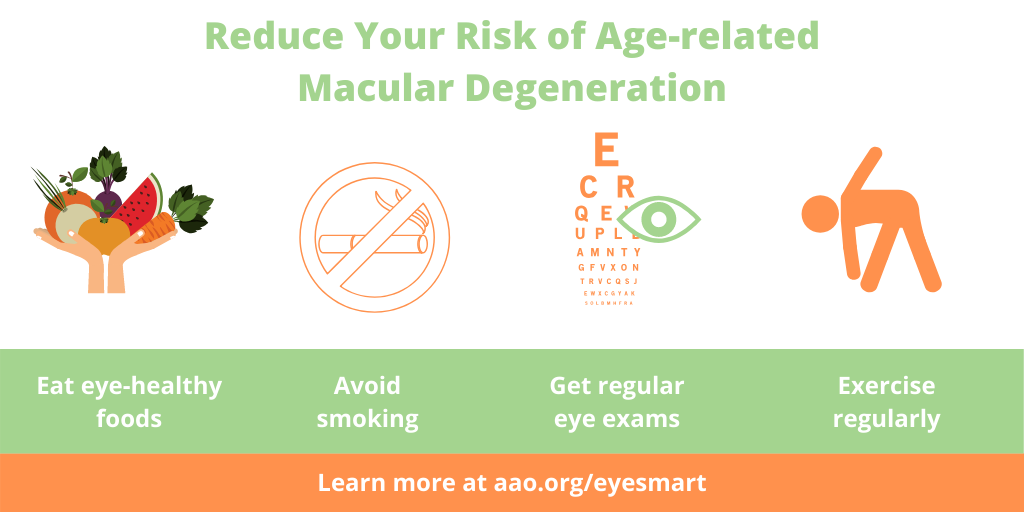A recent survey found two out of three Americans falsely believe vision loss is inevitable as we age.
Sure, aging can affect your eyes — but vision loss is not the norm. For 2020: Year of the Eye, the American Academy of Ophthalmology presents 20 common changes to vision and eye health that aging adults should watch for, and the best ways to protect your sight.


